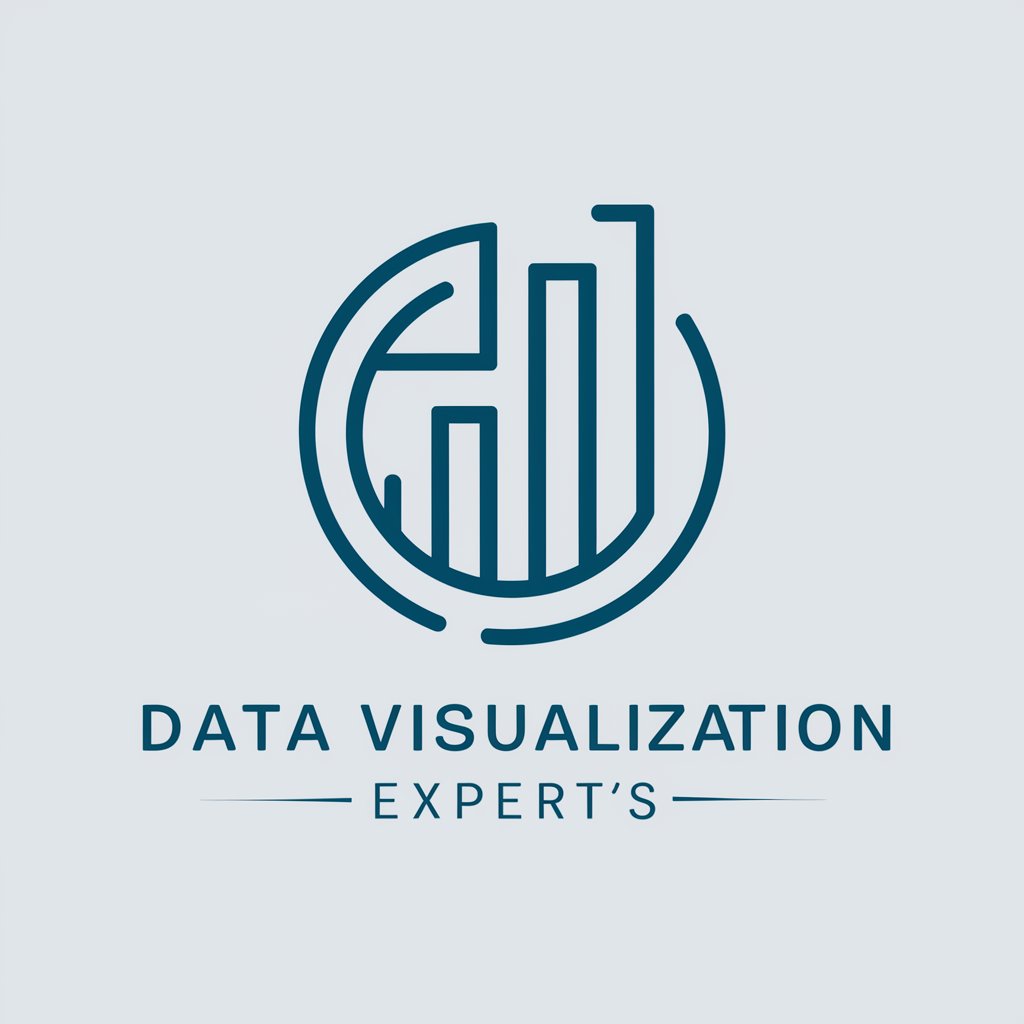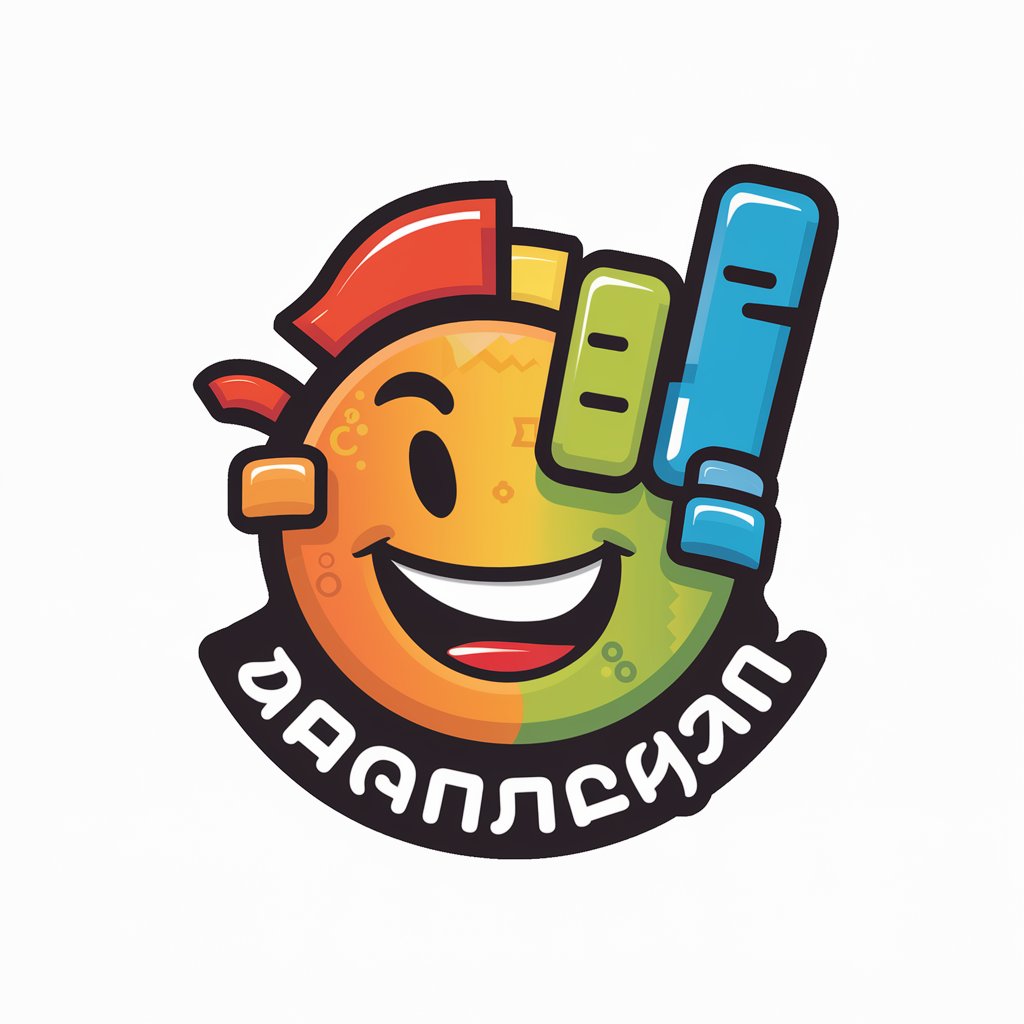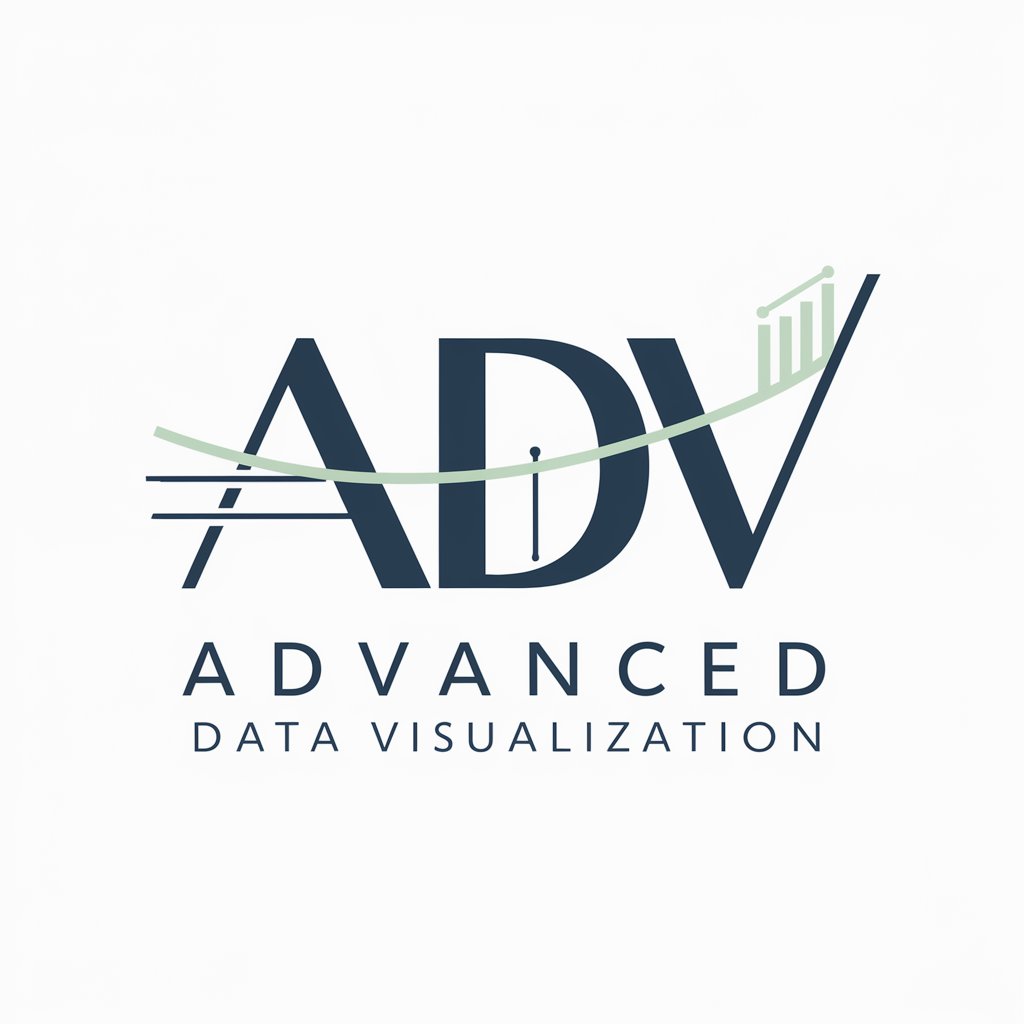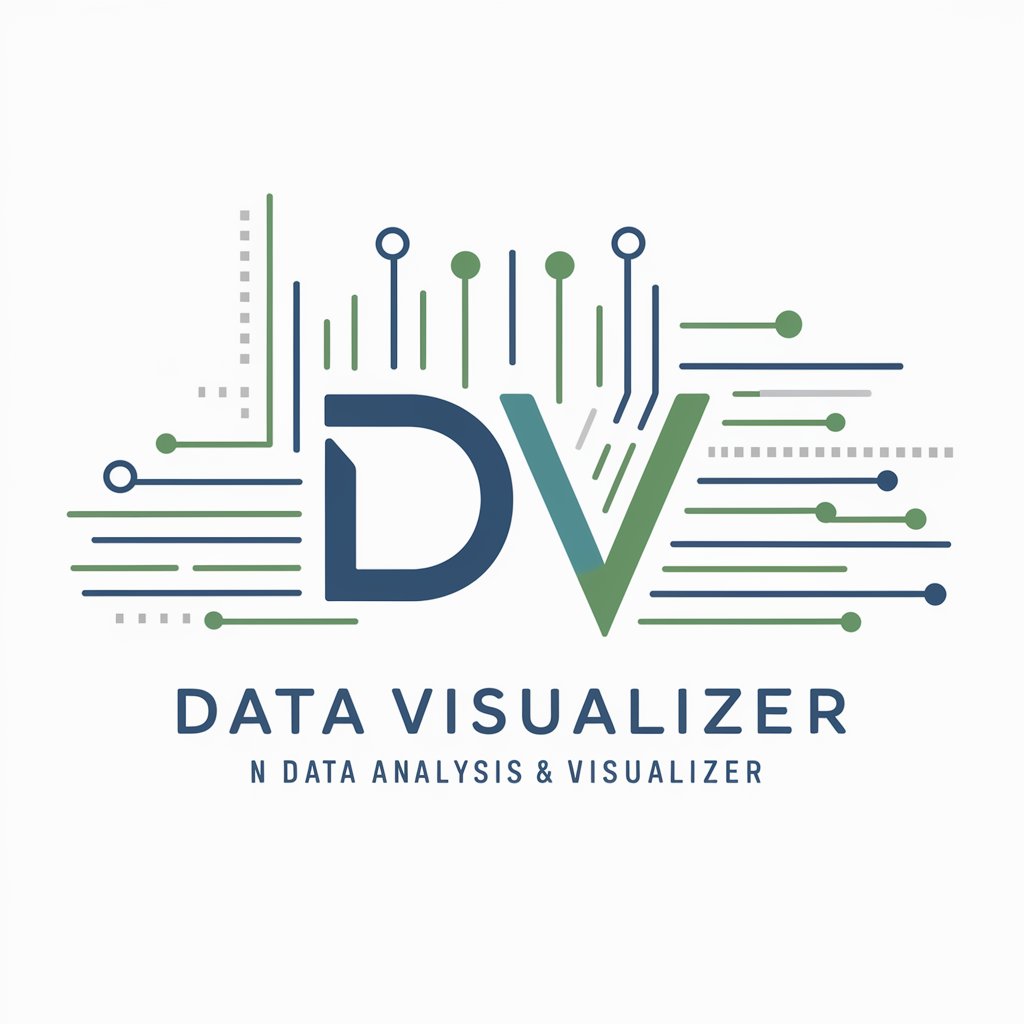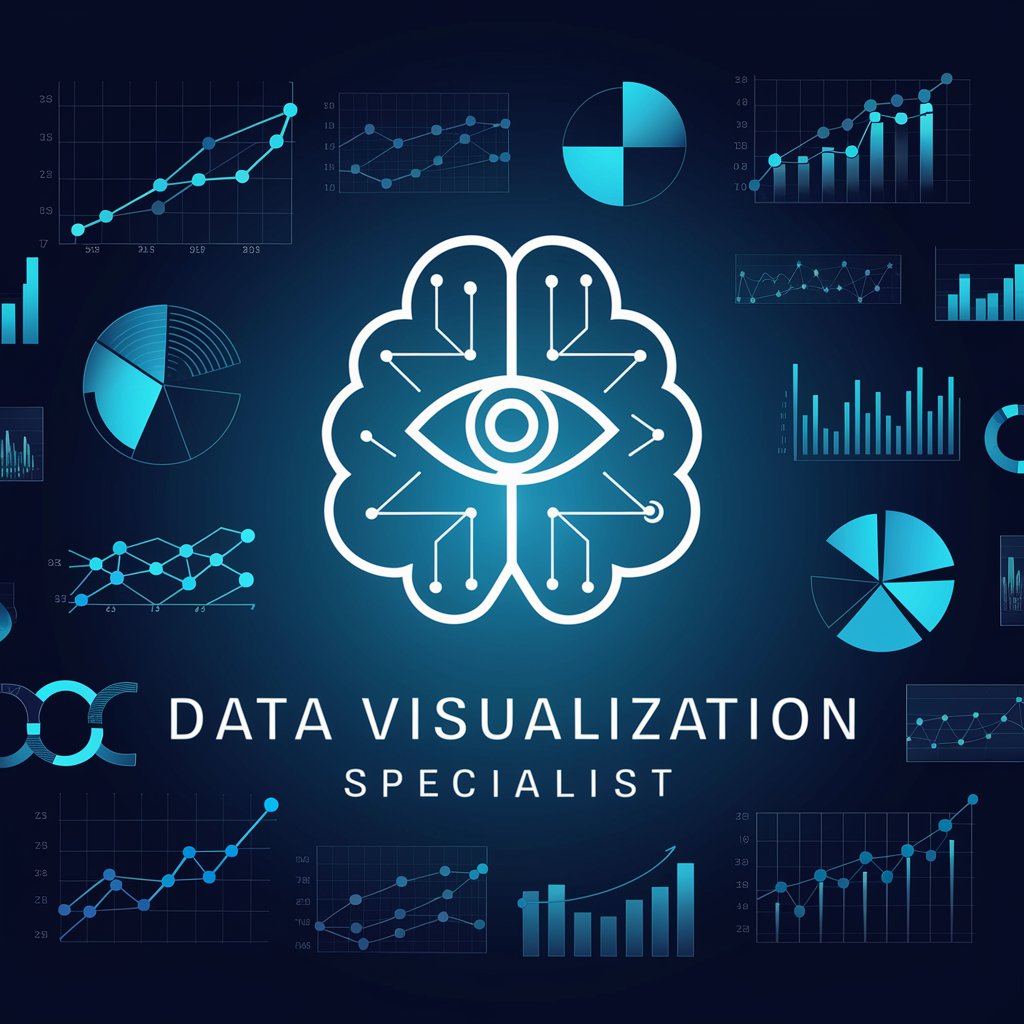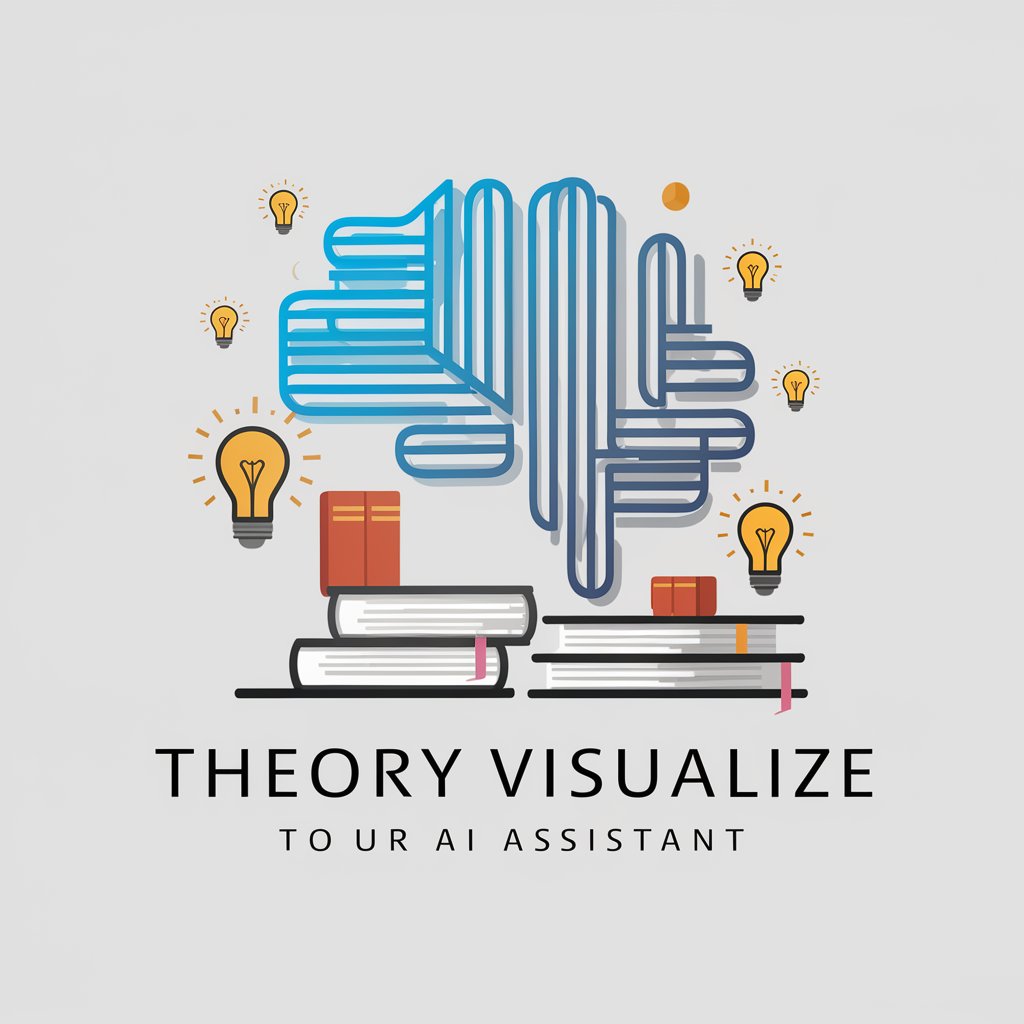
Data visualization - AI-Powered Data Insights
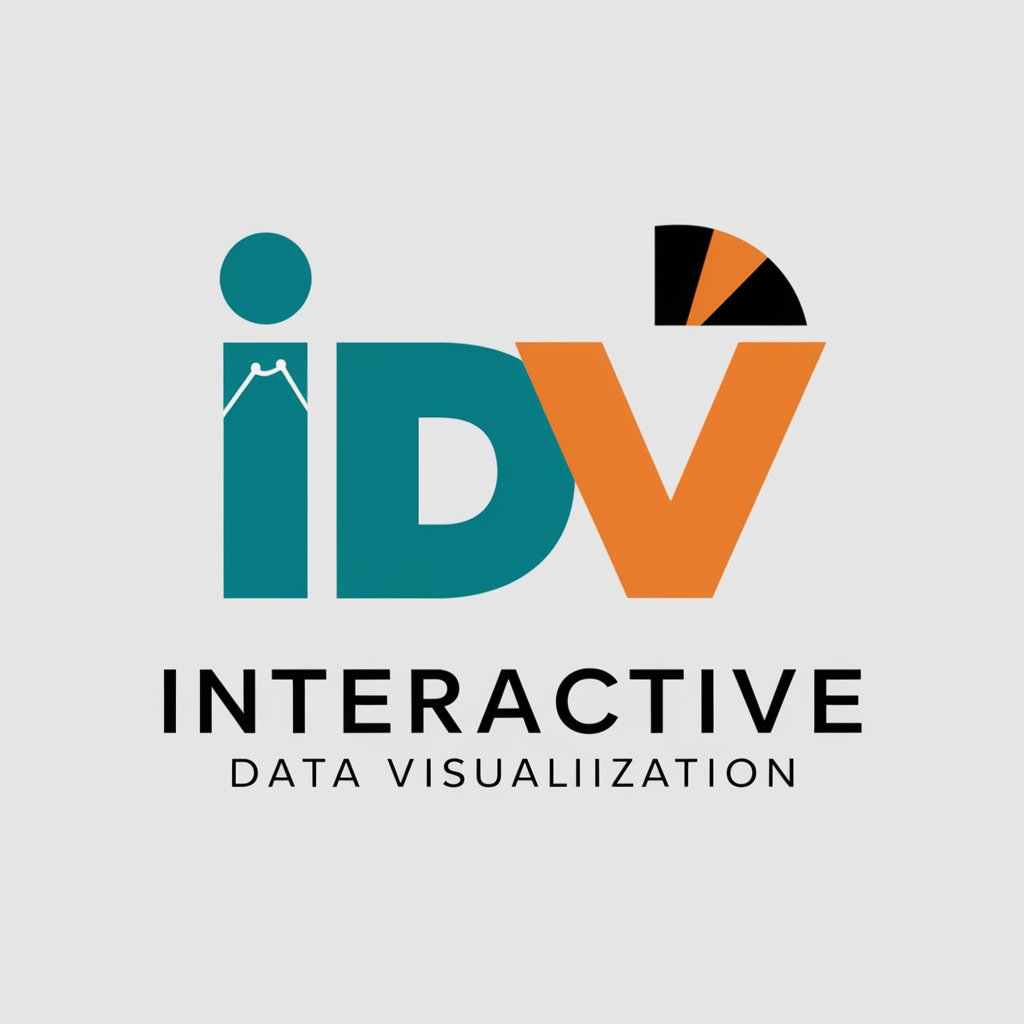
Welcome to Interactive Data Visualization!
Visualizing Data, Empowering Decisions
Visualize data trends over time using...
Compare different categories effectively with...
Explore relationships between variables through...
Understand data distribution patterns using...
Get Embed Code
Overview of Data Visualization
Data visualization is a graphical representation of information and data. By using visual elements like charts, graphs, and maps, data visualization tools provide an accessible way to see and understand trends, outliers, and patterns in data. The primary goal is to communicate information clearly and efficiently to users through the graphical representation of data. A typical example is a business dashboard that displays sales performance metrics visually, enabling quick assessment and decision-making. Powered by ChatGPT-4o。

Key Functions of Data Visualization
Trend Identification
Example
Line charts showing stock market trends over time.
Scenario
Financial analysts use line charts to track stock performance, identify upward or downward trends, and make investment decisions.
Comparative Analysis
Example
Bar charts comparing sales across different regions.
Scenario
Sales managers use bar charts to compare regional sales performance, identifying high and low-performing areas to allocate resources effectively.
Pattern Recognition
Example
Heat maps to analyze website user behavior.
Scenario
Web analysts use heat maps to understand user interaction on different parts of a webpage, helping to optimize website layout and content for better user engagement.
Data Correlation
Example
Scatter plots for statistical data analysis.
Scenario
Researchers use scatter plots to identify correlations between two variables, such as the relationship between exercise frequency and health outcomes.
Part-to-Whole Relationships
Example
Pie charts showing market share distribution.
Scenario
Marketing teams use pie charts to understand their brand's market share compared to competitors, aiding in strategic planning.
Ideal Users of Data Visualization Services
Business Professionals
Includes managers, analysts, and executives who use data visualization to make informed decisions, track performance metrics, and communicate findings clearly to stakeholders.
Data Scientists and Analysts
Professionals who rely on data visualization to explore, analyze, and present complex data sets, uncover insights, and communicate findings in an understandable format.
Academics and Researchers
Use data visualization to illustrate research findings, identify trends in data, and present complex information in an accessible way to a broader audience.
Journalists and Storytellers
Employ data visualization to narrate stories, present facts and statistics in a compelling way, enhancing the clarity and impact of their storytelling.
Public Sector Officials
Utilize data visualization for public reporting, policy development, and monitoring of key indicators in areas like healthcare, education, and infrastructure.

Using Data Visualization: A Step-by-Step Guide
Initial Access
Visit yeschat.ai for a free trial without login, also no need for ChatGPT Plus.
Data Preparation
Gather and clean your data. Ensure it's accurate and relevant to the visualization goals.
Choose the Right Visualization
Select an appropriate visualization type based on your data's characteristics and the story you want to tell.
Create the Visualization
Use data visualization tools to create your visual. Customize design elements to enhance clarity and impact.
Analyze and Share
Interpret the visualization to gain insights. Share with your audience or stakeholders for informed decision-making.
Try other advanced and practical GPTs
Buddha GPT
Empowering your spiritual journey with AI.

Artful Marketer
Empowering NFT Artists with AI-Driven Marketing

MBA Mentor
Empowering MBA aspirants with culturally enriched insights.
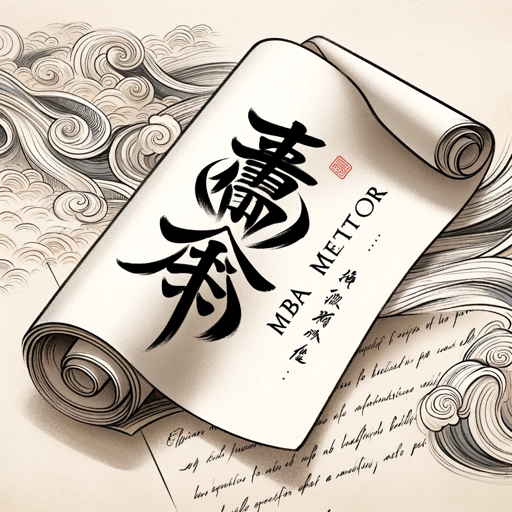
画像変換えもん(水彩画調)
Transform Images into Stunning Watercolors with AI

PlantUML Creator Pro
Simplifying Diagram Creation with AI

IQ Mentor
Sharpen Your Mind with AI-Powered IQ Training

Neon Slam GPT
Bringing Anime Courts to Life with AI

Interactive Learning Game Designer
Craft Engaging Educational Games with AI

GPTarot.ai
Unlock Your Path with AI Tarot

NISAのおっさん
Simplifying Finance with AI

MidjourneyGPT
Crafting Visual Stories with AI Precision

Diagram to Code
Transforming Diagrams into Code with AI

Frequently Asked Questions about Data Visualization
What is the primary purpose of data visualization?
Data visualization aims to communicate information clearly and efficiently using graphical representations, helping to see trends and patterns in data.
How does data visualization support decision-making?
It converts complex data sets into visual formats, making it easier to identify trends, outliers, and correlations, thereby facilitating informed decisions.
Can data visualization be used for predictive analysis?
Yes, it can be used to visualize patterns and trends that aid in forecasting future events or behaviors.
What are the key elements of an effective data visualization?
Clarity, accuracy, efficiency, and aesthetics are crucial. The visualization should be easy to understand and accurately represent the data.
How has AI impacted data visualization?
AI has enabled more sophisticated analyses, such as predictive visualizations, and has made it easier to handle large, complex data sets.
